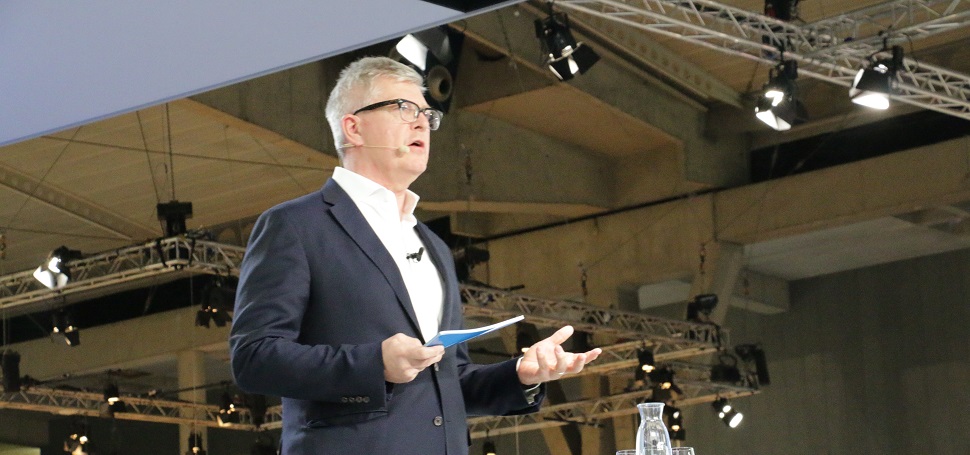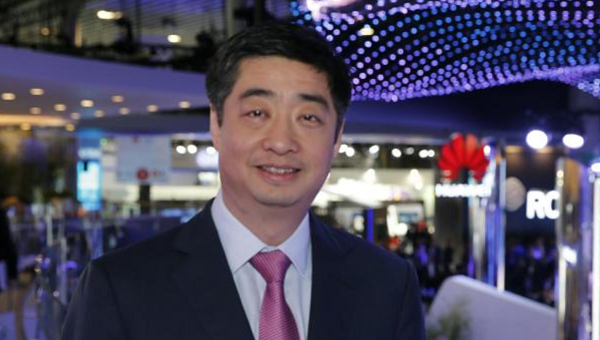
Borje Ekholm, Ericsson CEO has told its service provider customers that 5G is no longer an abstract concept, but is rapidly becoming a reality, as the tech company signed 38 memorandums of understanding with operators and expects to complete some commercial deployments by the end of 2018. Speaking at MWC 2018 in Barcelona, he said that superior mobile broadband would be the first large-scale use case, but it would work with operators to determine the true benefits of next-generation networks. Similarly, Ken Hu, Huawei rotating CEO said the company had signed 5G MoUs with 45 operators in Asia, Europe, and North America, and is already conducting pre-commercial trials with 30 mobile players. “The commercialisation of 5G is picking up the pace, and it’s highly probable deployments will come as early as end-2018, exceeding our expectations,” Hu said. “With end-to-end 5G solutions ready, we believe 2018 will see very positive growth for 5G developments.” Over the past 12 months, there has been a shift from speculation to concrete details in the world of 5G, a transition that can in part be explained by the definition of the first 5G standard and the prospect of commercial deployments in 2019, rather than 2020. Ekholm said “We will focus not only on why and what but also on how. This is what our customers – the service providers – want to discuss.” According to him, “customer feedback was the foundation for our focused strategy launched last year and now in how we are showcasing our products and technologies in our hall.” It is expected that 5G will deliver gigabit speeds, huge capacity, and extremely low latency. This means it should reduce costs, something which is appealing to operators who will have to cope with a 40 percent increase in data traffic each year. Indeed, it is predicted that a 4G and 5G enabled site could deliver mobile data at one-tenth of the cost. Ericsson says it can not only improve efficiency, help determine the services that will attract users, and explain the technologies, such as radio access networks (RAN), network slicing and machine intelligence that will make 5G a commercial success.
